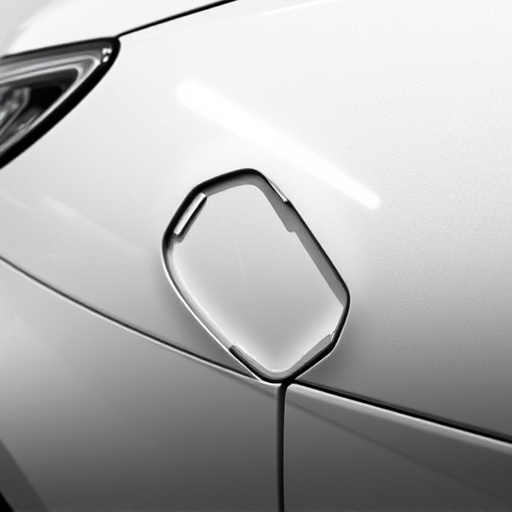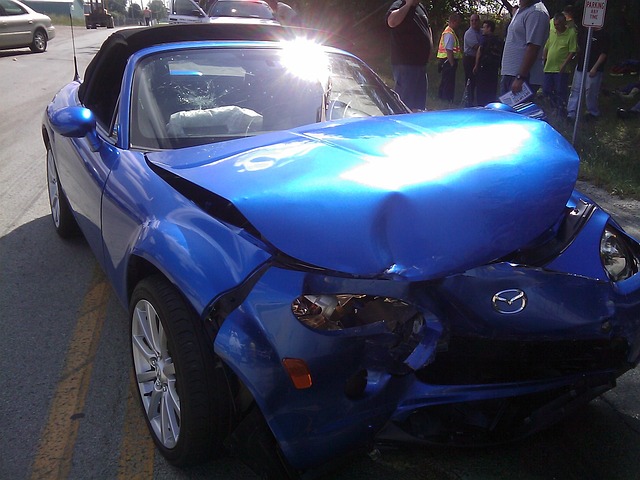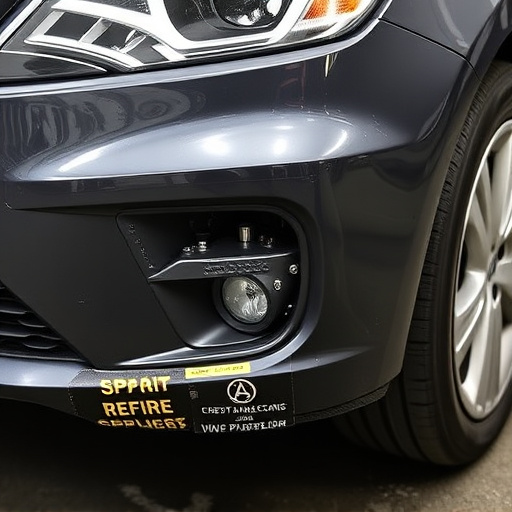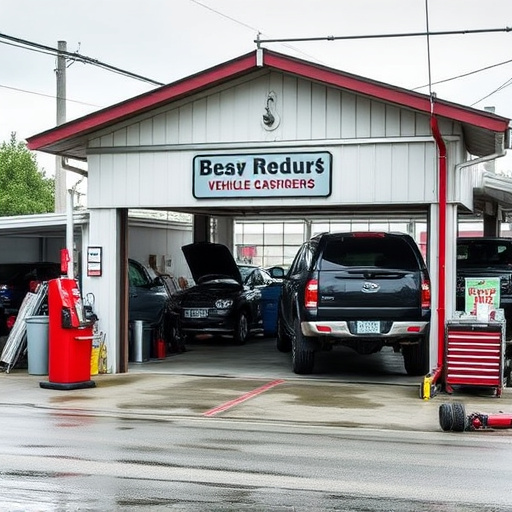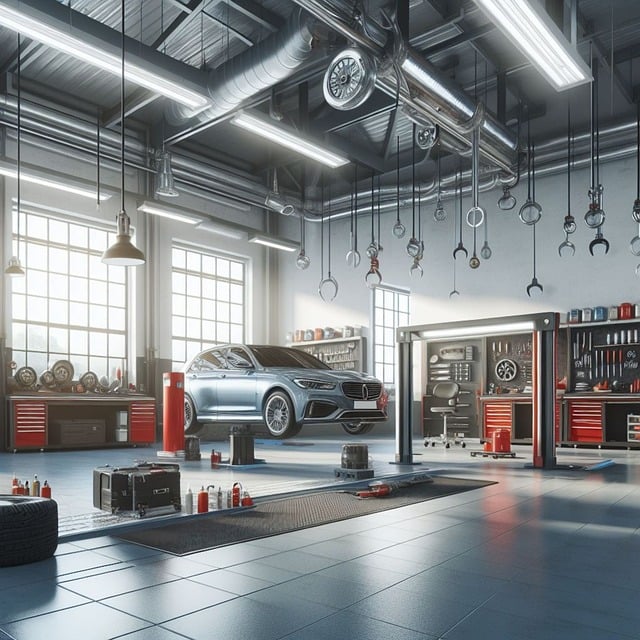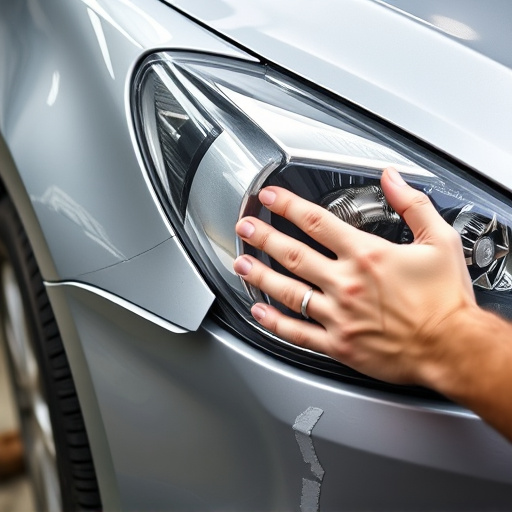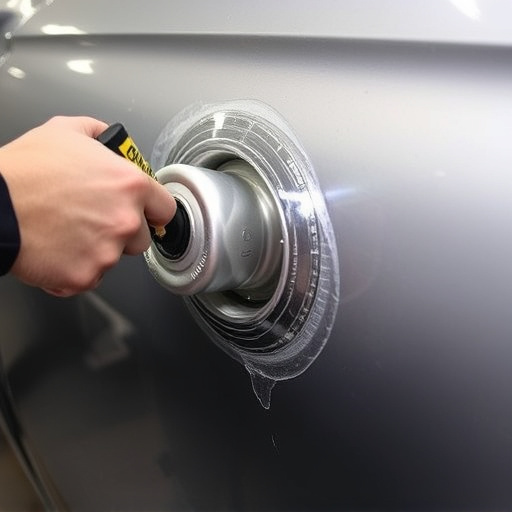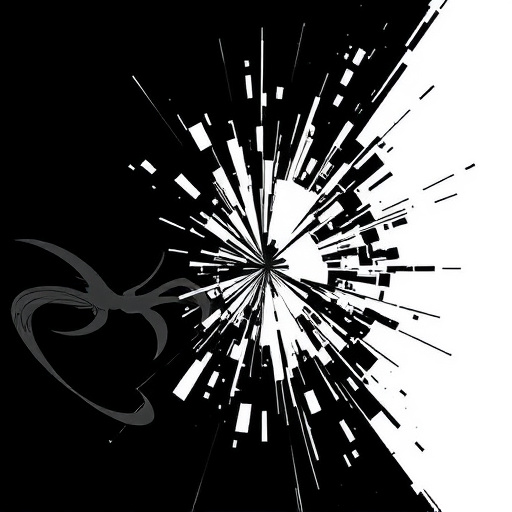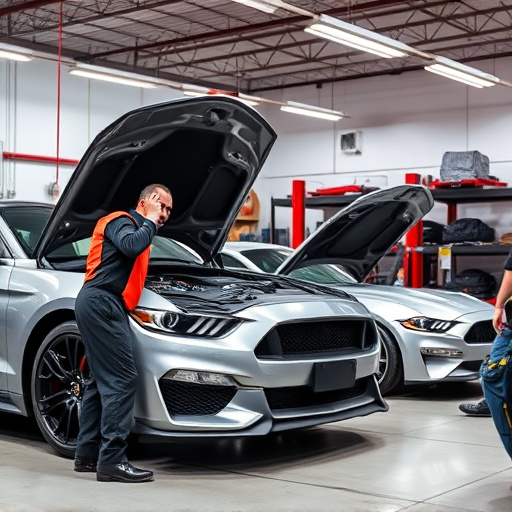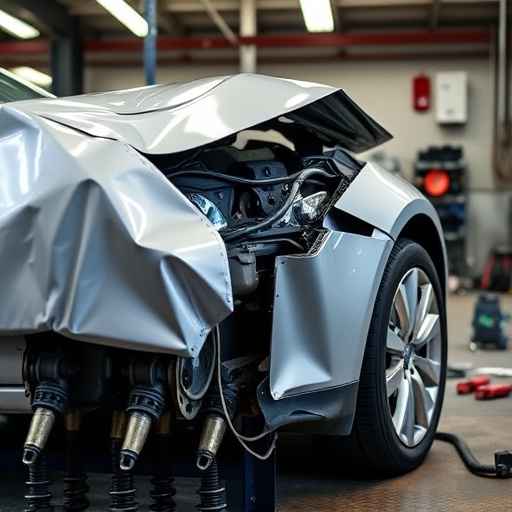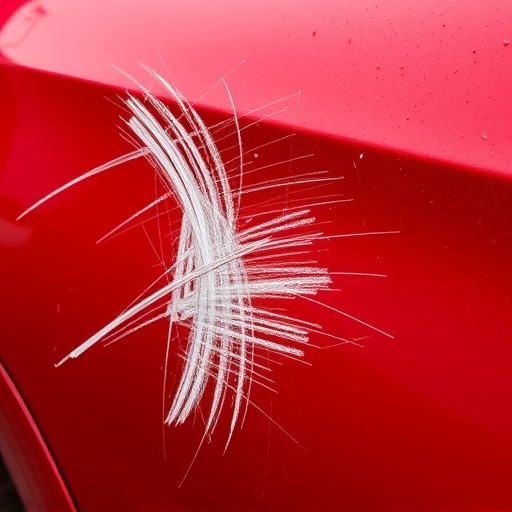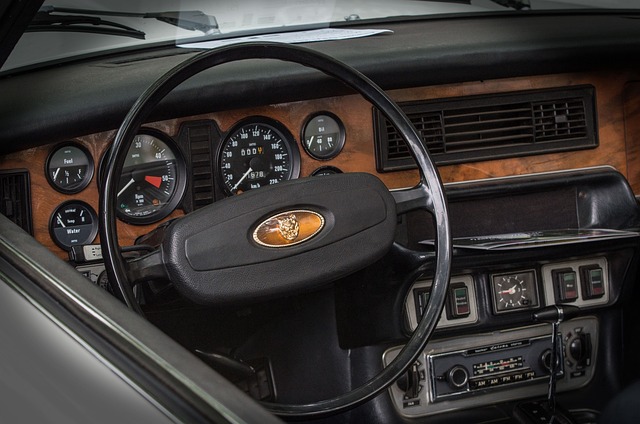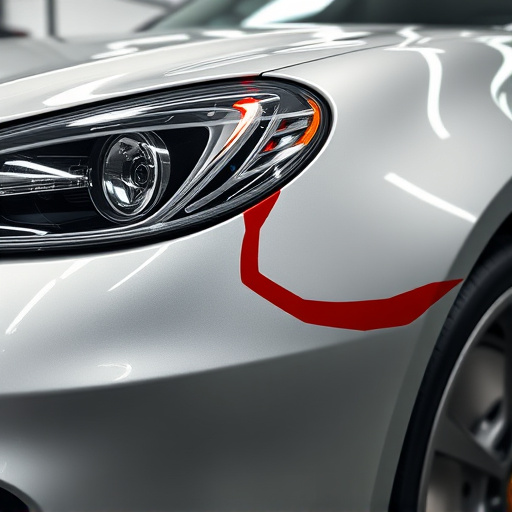Top-notch dog leg repair requires adherence to automotive industry standards, involving meticulous visual inspections and advanced non-destructive testing methods to ensure structural integrity and aesthetic precision. Skilled technicians use specialized tools and techniques to detect and correct defects, guaranteeing repairs that meet high safety and quality benchmarks, vital for vehicle performance, longevity, and restored value, especially in classic car restorations.
In the realm of construction and manufacturing, dog leg repair stands as a critical process ensuring structural integrity. This article guides you through the essential practices of quality control and inspection for dog leg repairs. From understanding industry standards to mastering visual inspection techniques and employing advanced testing methods, each step guarantees precision and reliability in dog leg repair work. Implement these tips for enhanced quality assurance, fostering safety and durability in all repair projects.
- Understanding Dog Leg Repair Standards
- Visual Inspection Techniques for Accuracy
- Advanced Testing Methods for Quality Assurance
Understanding Dog Leg Repair Standards
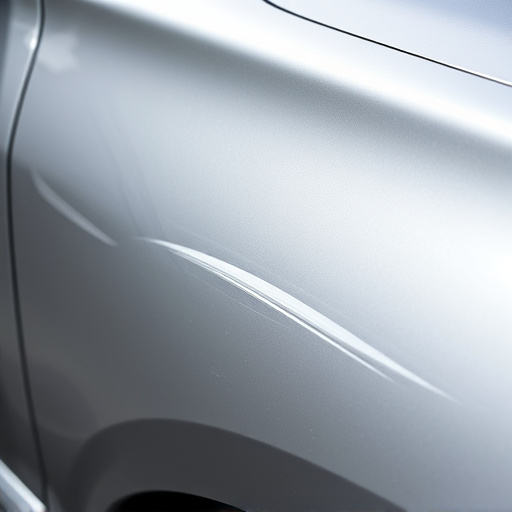
Ensuring top-notch Dog Leg Repair quality requires a deep understanding of established standards and protocols within the automotive industry. These standards dictate crucial aspects like measurements, material specifications, and procedural techniques to guarantee structural integrity and aesthetic precision in auto body repairs, particularly when addressing car bodywork issues in areas like dog legs—essential components that connect vehicle frames and suspenditions.
Adhering to these guidelines is vital for maintaining not just the safety of vehicles but also their overall performance and longevity. Skilled technicians rely on meticulous inspections, utilizing advanced tools and techniques to assess alignment, identify potential weaknesses or discrepancies, and ensure every repair meets the highest standards, ultimately delivering superior car bodywork services that restore both function and aesthetics in auto body repairs.
Visual Inspection Techniques for Accuracy
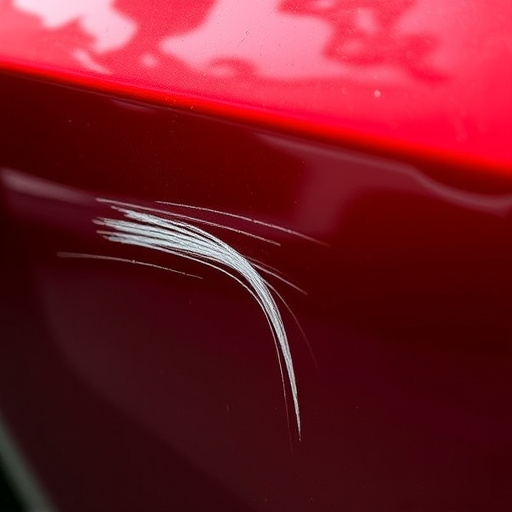
Visual inspection is a critical step in ensuring the accuracy and quality of dog leg repair, a meticulous process that demands precision. Professional technicians utilise a combination of naked-eye assessment and specialised tools to detect even the subtlest imperfections. This involves meticulously examining the affected area for signs of misalignment, deformity, or any variances from the original specifications. By employing high-quality lighting and magnifying lenses, they can uncover hidden defects that might be overlooked at first glance.
For instance, in classic car restoration projects where every detail matters, visual inspection techniques play a pivotal role. It helps in identifying and rectifying issues like misaligned panels, uneven paint jobs, or remaining moisture spots after vehicle dent repair procedures. This meticulous approach guarantees that the dog leg is not only structurally sound but also aesthetically pleasing, ensuring the restored vehicle’s overall value and longevity.
Advanced Testing Methods for Quality Assurance
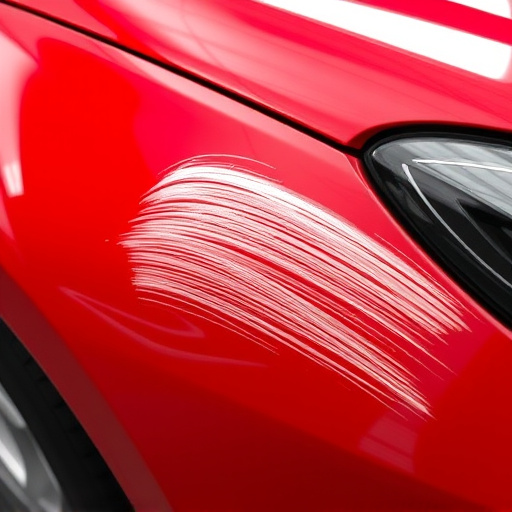
In the realm of dog leg repair, advanced testing methods play a pivotal role in ensuring quality assurance. Beyond traditional visual inspections, modern techniques like UV lighting and infrared thermography are employed to detect even the subtlest imperfections. These innovative approaches not only reveal hidden defects but also ensure the integrity of the car paint repair process, as well as fender repair and vehicle dent repair procedures. By leveraging such sophisticated tools, professionals can attain a higher level of precision, making dog leg repairs virtually indistinguishable from original factory components.
Additionally, non-destructive testing (NDT) methods, including magnetic particle inspection and ultrasonics, are integrated into the quality control process. NDT techniques allow for thorough assessments without causing damage to the repaired areas, such as those involved in fender repair or car paint repair. This not only preserves the aesthetic appeal but also guarantees structural integrity, ensuring that each dog leg repair meets the highest standards of professionalism and safety.
When it comes to dog leg repair, maintaining rigorous quality control and inspection processes is paramount. By understanding industry standards, employing advanced visual inspection techniques, and utilizing innovative testing methods, you can ensure superior repair outcomes. These practices not only guarantee structural integrity but also enhance the overall durability and performance of dog legs, providing a seamless experience for both professionals and end-users in the field of dog leg repair.

